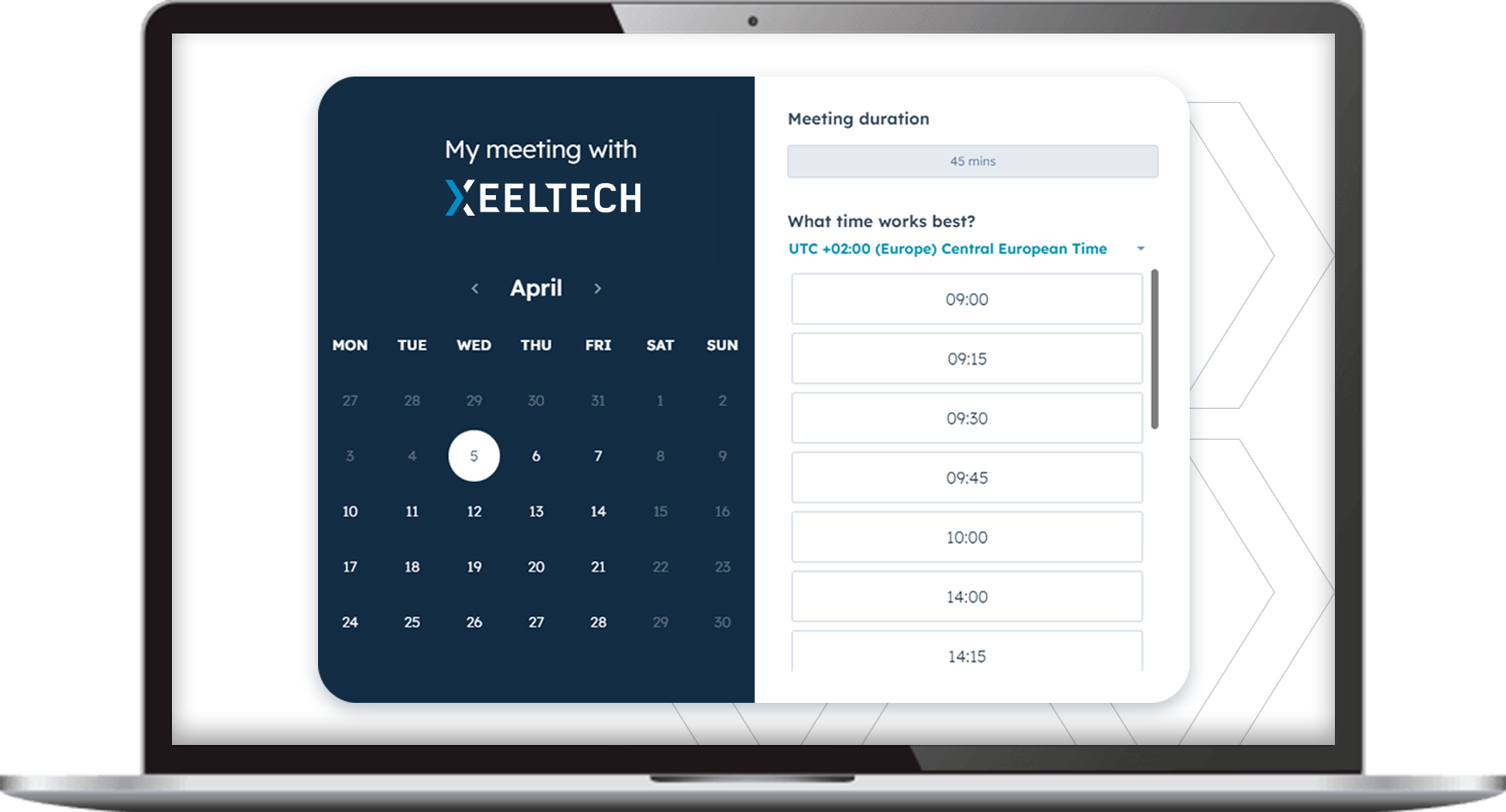Thinking less is the key to better user experience
The influence of innate knowledge on intuitive use and user experience
Thinking less is the key to better UX – at least when it comes to user interaction design. This blog post delves into the intricate connection between our inherent understanding in shaping intuitive user interfaces. Let’s explore together how prior experiences shape our interaction with technology and investigate recent advancements that are transforming our digital engagements.
The foundations of intuitive use
At the heart of intuitive design is the goal to enhance cognitive efficiency. This approach allows users to effortlessly engage with a system. But it’s more than just efficiency; it also includes aesthetics and user satisfaction. These elements collectively form a comprehensive user experience.
Central to intuitive design is the subconscious use of prior knowledge. This knowledge paves the way for effective and intuitive interactions. It’s a seamless fusion of past experiences and technology.
Want to learn more on this topic?
The role of prior knowledge
Intuitive design simplifies the user experience by leveraging existing knowledge. This knowledge might come from innate understanding, life experiences, cultural exposure, or professional expertise. Imagine this as a knowledge ladder. As we climb, our knowledge grows from innate to specialized. Yet, the core principle of intuitive design remains consistent. It’s about applying existing knowledge in a simple way.
Simplicity in usability means creating a system that feels intuitive with minimal conscious thought. When a system is effortless to use, it speeds up tasks and enhances user enjoyment. This is made possible through a natural interplay between mental processes and technology.
Subconscious application: The essence of intuitive use
Achieving simplicity in usability means creating a system that feels so intuitive that it requires minimal conscious thought. When using a system becomes effortless, it not only speeds up tasks but also enhances the overall user experience, making it enjoyable. What makes this possible is the seamless interaction between mental processes and technology.
This innate usability relies on several key elements. It involves how you perceive and understand information, the ease with which you can consistently perform tasks, and the smoothness of physical interaction with the system.
What makes a system user-friendly is its natural connection between the human mind and technology. When this connection exists, users navigate the system effortlessly, creating a intuitive interaction.
The power of physicality
Our early experiences with physical objects serve as a rich wellspring of prior knowledge. From childhood, we engage with the physical world, shaping our understanding and knowledge, often residing in our subconscious.
Physicality plays a crucial role in the story of intuitive use. Tangible user interfaces, where physical elements take center stage, prove to be remarkably efficient and intuitive. When users can interact with objects they can touch, twist, or manipulate, it taps into our deeply ingrained sensorimotor skills. This type of physical interaction occurs naturally and requires little conscious effort, resulting in a more intuitive user experience.
The hands-on approach is akin to a shortcut in our brains. It connects directly with our prior knowledge, making the interaction feel like second nature. When technology aligns with our innate physical understanding, it bridges the gap between humans and machines, enhancing the ease and efficiency of the user experience.
Want to learn more on this topic?
Check out our blog post: Who invented the rotary knob
The road to intuitive user interfaces
Intuitive user interfaces are the magic that makes our interaction with technology seamless and delightful. They reduce friction, simplify complexity, and empower users to harness the full potential of digital tools. As we continue to push the boundaries of technology, the role of intuitive user interfaces in shaping our digital experiences remains as critical as ever. They transform the intricate into the intuitive, allowing us to navigate our digital world with ease.
Creating intuitive user interfaces is a multifaceted process that requires collaboration among designers, developers, technology providers, and users. It involves user research, prototyping, testing, and continuous improvement. It’s about putting the user at the center of the design process and constantly refining the interface based on their feedback and evolving needs.
The multimodal revolution: Haptic feedback and beyond
Multimodal interfaces are becoming the standard of how we interact with the systems around us, reshaping the concept of intuitive use. These interfaces enable users to interact with technology using various methods like touch, gestures, voice commands, haptic feedback, and physical controls. The goal is to provide users with a versatile and natural way to engage with technology, enhancing the user experience by making interactions more intuitive and efficient. Multimodal interfaces are particularly relevant in human-computer interaction and accessibility, improving usability for a wide range of users.
Haptic feedback is a groundbreaking element in this landscape, enhancing the user experience by leveraging the sense of touch. It introduces new levels of intuitiveness, such as feeling vibrations during virtual interactions or lifelike textures in virtual reality.
The integration of physical controls further enriches the multimodal experience, seamlessly blending with touch and gesture interfaces. Users can effortlessly switch between interaction modes, aided by their natural understanding of manipulating physical objects. These interactions are enhanced through haptic feedback, helping us to better understand and interact with the UI in front of us.
The convergence of touch, gesture, haptic feedback, and physical controls in multimodal interfaces represents a transformative breakthrough. It offers a wide range of interactions based on prior knowledge and redefines what constitutes an intuitive user interface.
Want to learn more on this topic?
Check out our blog post: Haptics in HMIs
Conclusion: The key for better UX
The intuitive design seeks to enhance mental efficiency, aesthetics, and user satisfaction, all rooted in the subconscious use of prior knowledge. It’s about simplifying the user experience by leveraging existing knowledge, whether innate or gained through experiences.
Simplicity in usability means creating systems that feel intuitive with minimal conscious thought, achieved through the seamless interplay between mental processes and technology. In addition, physicality, particularly tangible interfaces, plays a crucial role in intuitive use, tapping into our sensorimotor skills and making interaction feel like second nature.
In essence, the ultimate goal for better UX is to reduce the cognitive load on users by integrating interactions that align with our prior knowledge. The less users need to consciously think about their actions, the more seamless and satisfying their overall user experience becomes.
Learn even more about intuitive user interfaces…
As a leading provider of haptic solutions, we at XeelTech have dedicated years to discussing user interface design and user experience with experts from various industries. This blog post series captures key insights we’ve gleaned from industry professionals and extensive research. Explore our other posts for more valuable information.










 © Leo Wieling
© Leo Wieling